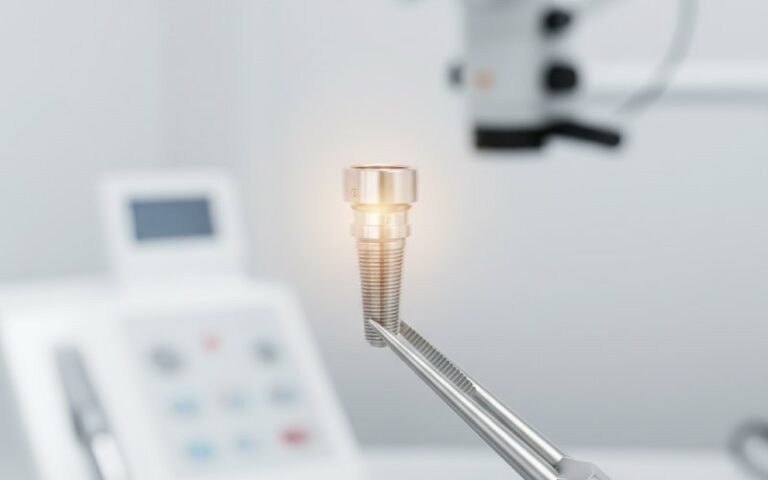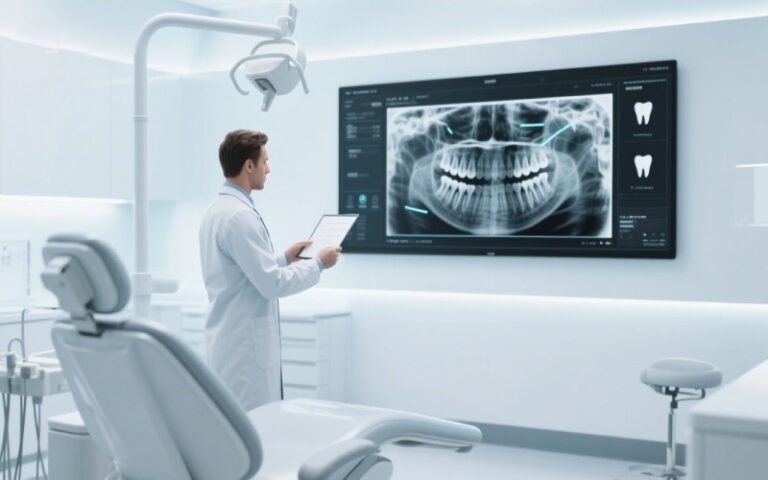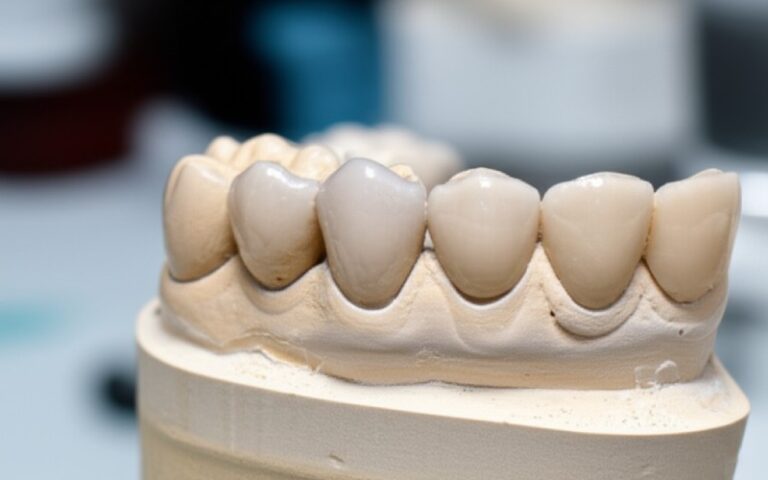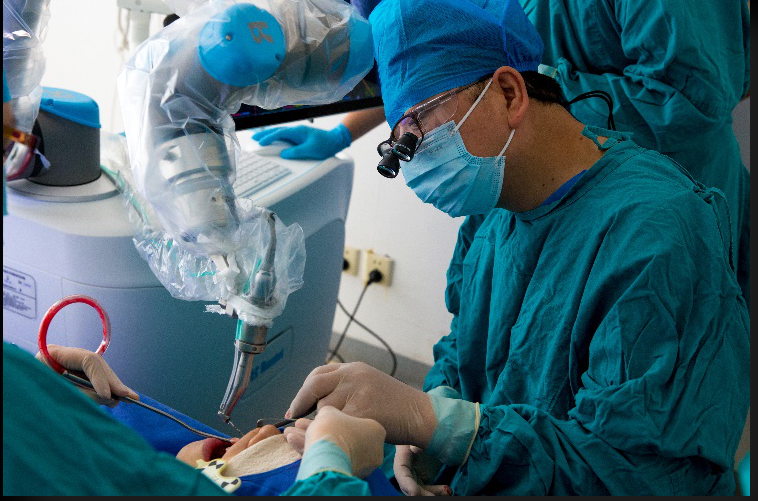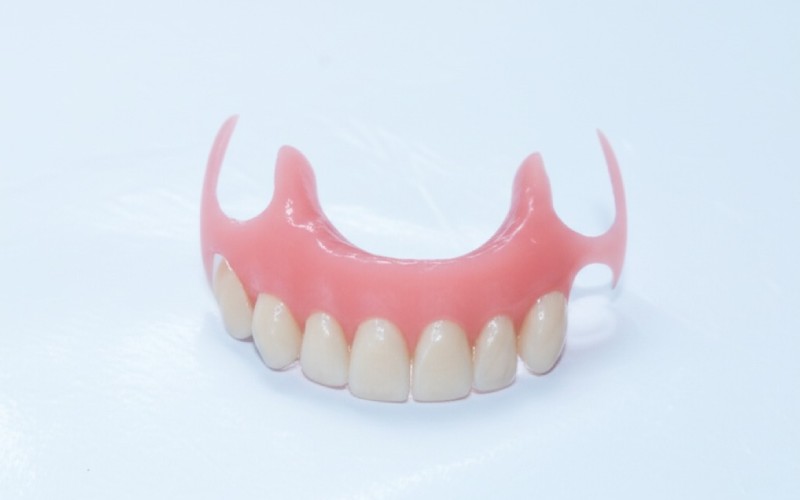
Müde von Ihrem Flipper? Entdecken Sie die besten Alternativen zu Zahnflippern
People want clear, simple answers to their problems. This is very true in the world of dentistry. You have a missing tooth, and your dentist gives you something called a dental flipper. It’s supposed to be a temporary fix. But maybe you’re finding that this temporary solution feels, well, a little too temporary. Maybe it’s uncomfortable or you’re worried it might fall out.
If you’re wearing a dental flipper and wondering, “Is this really my only choice?” then this article is for you. We are going to look at the different alternatives to a dental flipper. I’ll walk you through better, more comfortable, and more permanent options. By the end, you’ll know exactly what to ask your dentist for at your next appointment.
Inhaltsübersicht
What Exactly Is a Dental Flipper, and Why Is It So Temporary?
Let’s start with the basics. What is a dental flipper? A dental flipper is a type of removable partial denture. Think of it as a simple retainer with one or two artificial teeth attached to it. The flipper is made from a pink, gum-colored acrylic material. This acrylic base fits along the roof of your mouth or your lower arch, and it has a false tooth to fill the gap. A flipper is one of the most common ways to replace a missing tooth, but it is almost always a temporary measure.
The main reason a flipper is a temporary solution is because of its design. It’s meant to be a placeholder. For example, if you are going to get a dental implant, your gum and bone need time to heal after the tooth is removed. During this healing period, which can take months, you wear a dental flipper. This temporary flipper gives you a tooth for your smile, but it’s not built to last forever. The flipper is lightweight and affordable, but it’s not very durable. This is why many people look for a better alternative once their mouth is ready for a permanent restoration. A flipper is not a permanent solution for a missing tooth.
Are There Serious Pros and Cons to a Flipper Tooth?
Every dental appliance has its pros and cons. The dental flipper is no exception. The biggest advantage of a flipper is that it is fast and affordable. It’s a quick way to restore your smile without a long wait. However, the list of cons is a bit longer, which is why patients often seek an alternative. Many people find the flipper to be uncomfortable. The acrylic plate can feel bulky, and it may affect your speech or taste at first.
Another major issue with the dental flipper is that it can be unstable. Since it just rests on your gum tissue, a flipper can slip or move when you eat or talk. This can be embarrassing. This flipper can also put pressure on the natural teeth it may lean on for support, which can cause problems over time. Because it covers your gum, a dental flipper can also trap food and bacteria. This can lead to gum irritation or even tooth decay if you don’t practice excellent oral hygiene. These are serious pros and cons to weigh when considering a flipper.
Could a Partial Denture Be a Better Alternative?
Yes, a more traditional Teilprothese is a significant step up from a dental flipper. While a flipper is a type of partial denture, when dentists talk about a partial, they usually mean a more durable and stable appliance. A traditional removable partial denture is a great tooth replacement option. It is designed for long-term use, unlike the temporary flipper.
This type of partial denture has a framework, often made of metal or a flexible pink material, that holds the artificial replacement teeth. This framework includes a clasp or two that securely hooks onto your existing teeth. These metal clasps make the partial denture much more stable than a flipper. It won’t slip around when you talk or eat. While still a removable appliance, a well-made partial denture provides better function and is a solid alternative to a basic flipper. A flipper is a type of partial, but this is a much better partial.
How Does a Cast Metal Partial Denture Compare to a Flipper?
When we compare a cast Metall-Teilprothese vs. a flipper, the difference is night and day. A cast metal removable partial denture is built for strength and comfort. It has a custom-made metal base that is very thin yet very strong. Because the base is thin, it is much less bulky than the thick acrylic plate of a dental flipper. Patients find it easier to adjust to and more comfortable to wear all day.
The cast metal partial also has a more precise fit. It uses rests that sit on your natural teeth, which provides support and stops the denture from pressing down on your gum. This is much healthier for your gum tissue in the long run. The clasp on this partial is designed to hold it firmly in place. While a flipper is a good temporary tooth, a cast metal partial denture is a durable, reliable tooth replacement option that can last for many years with proper care and maintenance. It is a far better partial than a simple flipper.
Is a Dental Bridge a Good Alternative to a Flipper?
A Zahnbrücke is another excellent alternative to a dental flipper. Unlike a flipper or a partial denture, a bridge is not removable. It is a fixed restoration. A bridge literally “bridges” the gap left by one or more missing teeth. It is made of a false tooth, called a pontic, which is fused between two crowns. These two crowns are then placed over the adjacent natural teeth on either side of the gap.
To get a dental bridge, the dentist must prepare the existing teeth next to the gap. This involves reshaping them so that the crown can fit over them perfectly. This is a downside for some, as it means altering healthy tooth structure. However, the result is a very stable and natural-looking restoration. A bridge feels and functions much more like your natural teeth than a flipper does. You don’t have to take it out, and you can brush it just like your other teeth. It is a good permanent solution if you have strong natural teeth to support a crown.
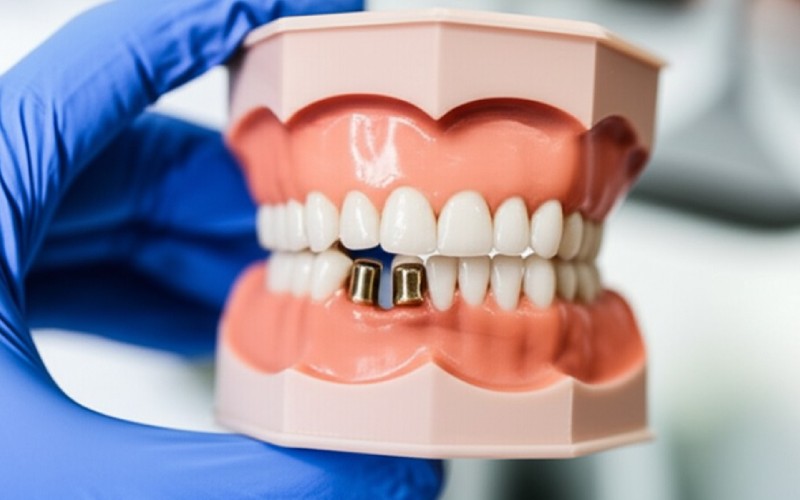
What Makes a Dental Implant the Gold Standard Tooth Replacement?
When it comes to replacing a missing tooth, most dentists agree that a dental implant is the best option available in modern dentistry. A dental implant is the only tooth replacement option that replaces the entire tooth, including the root. It is a small titanium post that is surgically placed into your jawbone. This post acts as a new root for the artificial tooth.
Once the dental implant post is in place, the bone in your jaw will naturally heal and integrate with it. This process creates a very strong and permanent foundation. After the site has had time to heal, a beautiful, natural-looking crown is attached to the top of the implant. This crown is custom-made to match the color and shape of your other teeth. The final result is a replacement tooth that looks, feels, and functions just like one of your natural teeth. You can eat whatever you want and smile with confidence.
How Does a Dental Implant Improve My Oral Health?
A Zahnimplantat does more than just fill a gap. It actively improves your long-term oral health. When you lose a tooth, the jawbone in that area no longer gets the stimulation it needs from chewing. This leads to bone loss over time. Bone loss can make your face look older and can harm the neighboring natural teeth. A dental implant is the only solution that can help prevent bone loss. The implant post acts like a natural tooth root to stimulate the bone and preserve your jaw structure.
By choosing a dental implant instead of a temporary flipper, you are making an invest in your oral health. An implant does not rely on adjacent teeth for support, like a bridge does. This means your remaining natural teeth are not damaged or put under stress. Plus, caring for an implant is easy. You just brush and floss around the crown just as you do with your other teeth. With proper care, implants can last a lifetime, making them a truly permanent solution for a missing tooth. They can restore your smile and preserve your jawbone.
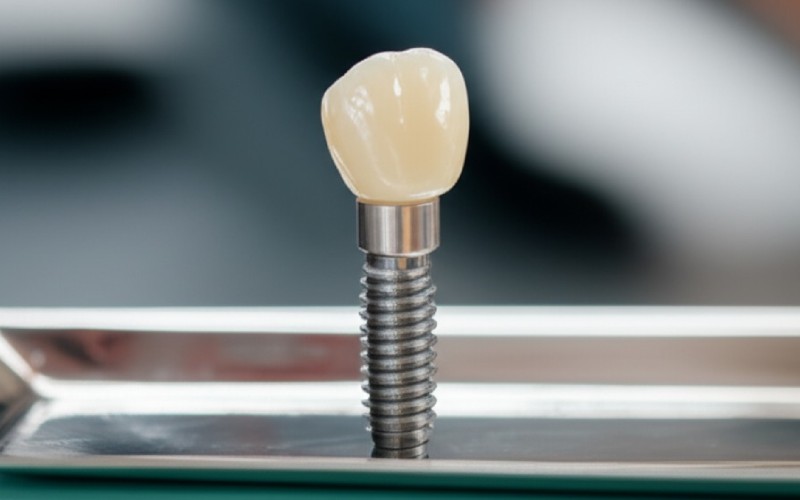
What is a Retainer and How is it Different from a Flipper?
The terms “retainer” and “flipper” are sometimes used together, which can be confusing. A flipper is a type of retainer. The main job of any retainer is to hold something in place. In orthodontics, a retainer is used after braces to keep teeth from moving. A flipper tooth is a retainer that has been designed to hold a false tooth in a gap. So, while every flipper is a retainer, not every retainer is a flipper.
The key difference is the function. A standard retainer is all about preventing tooth movement. A dental flipper is about temporarily replacing a missing tooth. The construction is similar, often using an acrylic base. However, if your dentist just calls your flipper a retainer, they are not wrong, but “flipper” is a more specific name for this type of temporary prosthetic appliance. Understanding this helps you have a clearer conversation about your needs, whether it’s for a temporary flipper or a long-term alternative.
What Should I Expect During My Dental Appointment?
When you go to a dental appointment to discuss replacing a missing tooth, your dentist will start with a thorough exam. This will include looking at your teeth, your gum, and your overall oral health. They will likely take X-rays to check the health of your jawbone, especially in the area of the missing tooth. This is very important to see if you are a good candidate for a dental implant, which needs enough healthy bone for support.
During the appointment, be ready to talk about your goals. Do you want a removable or fixed option? What is your budget? What are your concerns about an option like a flipper? Your dentist will explain the pros and cons of each alternative, from a partial denture to a bridge to a dental implant. They will help you choose the best option for your specific situation. This is your chance to ask all your questions, so don’t be shy. This appointment is the first step to get rid of that uncomfortable flipper.
How Do I Request an Appointment to Discuss My Options?
If you are tired of your current dental flipper and want to explore these better alternatives, the next step is simple. You need to talk to a professional. The best way to do this is to call your dentist’s office and schedule a consultation. When you call, just say, “I would like to request an appointment to discuss alternatives to my flipper.” This tells the office exactly what you need.
At this appointment, you can discuss if a partial denture, bridge, or dental implant is the right choice to replace your temporary flipper. Don’t put it off. Making that call is the first step toward a more comfortable, stable, and confident smile. You deserve a tooth replacement that you don’t have to worry about. Request an appointment today to learn more about a tooth replacement option that will work for you.
Wichtigste Erkenntnisse zum Mitnehmen
- A dental flipper is a temporary solution. It is an affordable but often uncomfortable and unstable way to replace a missing tooth.
- Partial dentures are a good, stable alternative. They use a clasp to hook onto other teeth, providing much better function than a flipper.
- A dental bridge is a fixed option. It uses crowns on adjacent teeth to support a false tooth and feels more like your natural teeth.
- A dental implant is the best long-term solution. It replaces the tooth root, helps preserve your jawbone, and can last a lifetime.
- Talk to your dentist. The only way to know the best option for you is to have a full exam and discuss your needs at a dental appointment.

